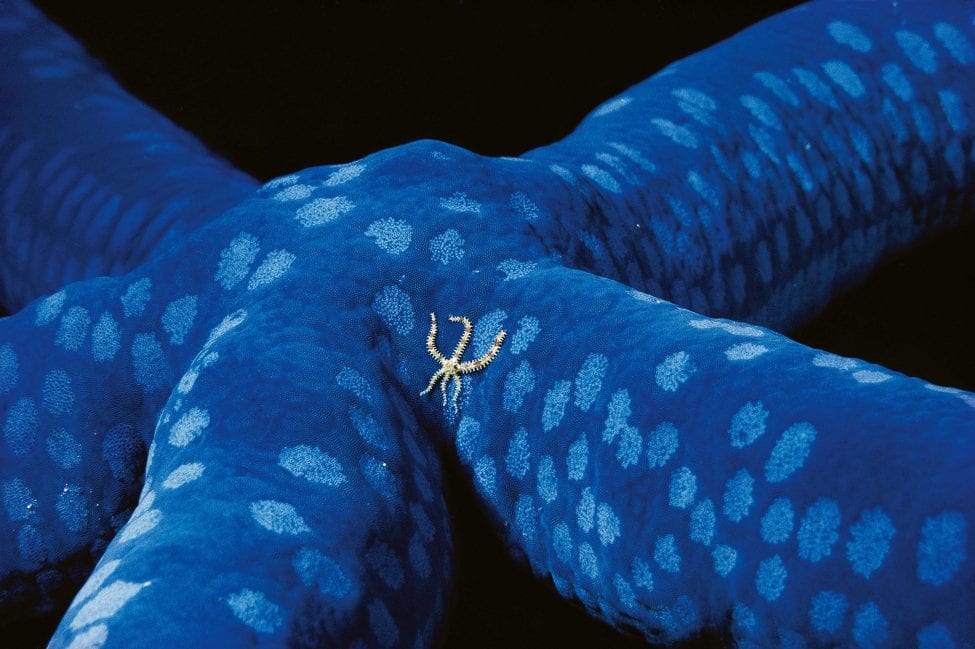Brittlestars provide clues about life in the deep sea
Brittlestars – those scraggly-legged cousins of sea stars and urchins – have helped scientists to explore which processes might be driving evolutionary diversity from the equator to the Antarctic, from the sea surface right down to the deepest ocean abyss. A study published in Nature earlier this year collated data from 160,000 brittlestars representing 596 different species that were collected over the course of 1,500 research cruises in the southern hemisphere. Lead researcher Tim O’Hara from Museums Victoria showed that evolutionary processes were different in shallow and deep seas, from the tropics to the poles. Brittlestars are commonly found in all regions of the ocean, so they were an excellent choice for scientists to compare and contrast patterns over such wide areas and varying ocean realms. The scientists identified a ‘museum zone’ in the tropical upper bathyl (water 200–700 metres, or 660–2,300 feet, deep in tropical seas). Here, many species represent ancient lineages that have experienced little change over time – relics, if you will, that have previously been little understood or talked about from a conservation perspective.
